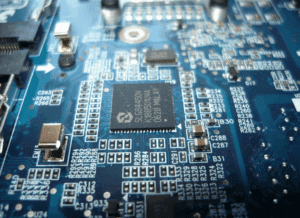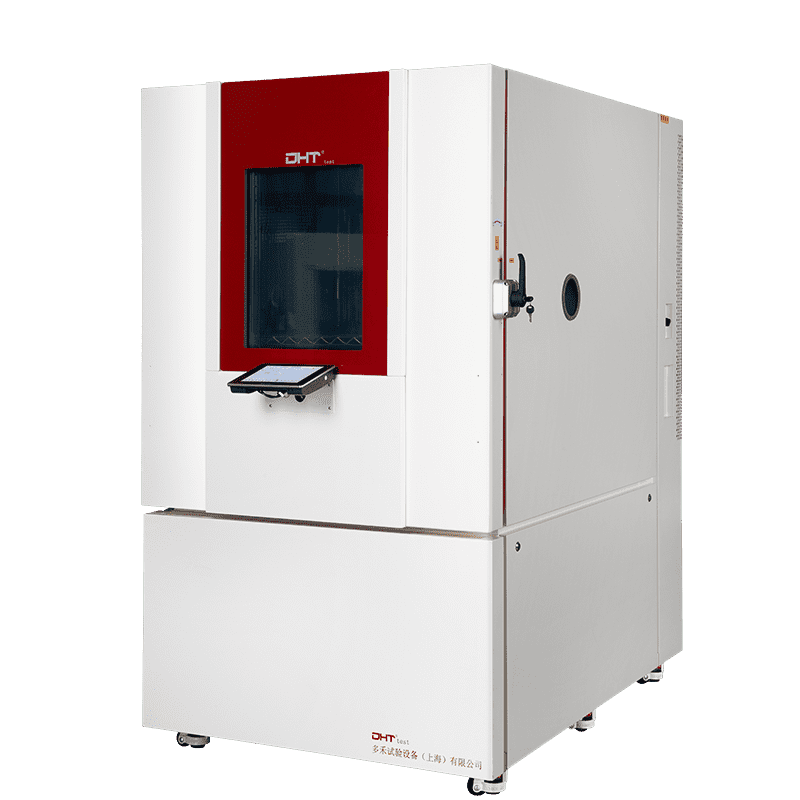Written by Robin
Senior Engineer, Doaho Test (DHT®)
Upgrading Electronic Reliability Testing: Why Benchtop Chambers Are Becoming the New Standard?
As the electronics industry advances toward higher integration and smarter functionality, environmental reliability testing has shifted from a secondary step to a core element of product competitiveness. From smartphones to electric vehicles, from communication devices to medical instruments, electronic products are now exposed to increasingly complex and demanding operating conditions. It’s no longer enough for components to simply function—they must perform consistently and reliably for years under extreme environments ranging from -40°C cold to 85°C heat.
This evolution has pushed manufacturers to raise their expectations for testing tools across all product development phases—design validation, process optimization, production inspection, and failure analysis. Test equipment must now deliver not only high precision but also agile responsiveness.
While traditional large-scale environmental chambers offer comprehensive features, their high cost, bulky size, and slower response times make them less suitable for today’s refined and diversified testing needs. In contrast, benchtop environmental chambers—compact as a microwave yet comparable to industrial-grade systems in performance—have emerged as the preferred choice in both lab and production settings. Particularly for early-stage R&D validation and small-batch testing, they are quickly becoming standard equipment in electronics laboratories.

Core Advantages of Benchtop Environmental Chambers
Compact Size, Industrial-Grade Performance:
Benchtop chambers are known for their space-saving design and high testing efficiency. Despite their smaller footprint, they often match or even outperform certain mid-sized or large systems in terms of temperature control accuracy, uniformity, and stability. For electronics labs or production lines where space is limited and multi-station setups are common, these chambers offer a high-density testing solution that significantly boosts test throughput per square meter.
Precise Temperature Control to Protect Sensitive Electronic Components
Electronic devices contain numerous components highly sensitive to temperature fluctuations—such as capacitors, resistors, chips, and connectors. Benchtop chambers typically offer tight temperature fluctuation control (within ±0.3°C), adjustable ramp rates, and efficient air circulation to ensure uniform temperature distribution without overshoot, thus preventing thermal shock damage to samples. For R&D teams conducting functional validation, failure analysis, or lifetime testing, this level of control is critical.
Intelligent Features for Easy Data Management and Remote Control
Modern benchtop chambers are equipped with touchscreen interfaces, multilingual operating systems, remote access capabilities, and built-in data logging with export and alarm functions. These features help electronics manufacturers maintain full traceability throughout the testing process and ensure compliance with ISO, IEC, and other international testing standards. In scenarios such as remote collaboration, outsourced testing, or R&D quality tracking, intelligent features dramatically improve testing efficiency and process transparency.
Lower Operating Costs, Greater Deployment Flexibility
Compared to large chambers, benchtop models offer significant advantages in upfront investment, daily energy consumption, and maintenance requirements. This makes them particularly attractive for small to mid-sized companies, university labs, and startups with limited budgets. Their compact form factor and plug-and-play installation also allow for easy integration into desktops, production lines, or test racks—delivering true flexibility for on-demand deployment.
How to Choose the Right Benchtop Environmental Chamber for Electronics Testing
While benchtop environmental chambers are well-suited for the electronics sector, not all models are created equal. Selecting the right chamber requires a clear understanding of the application scenario, test requirements, and integration needs.
Understand the Test Object’s Sensitivities and the Test Objective
For example, testing high-precision components like chips, sensors, or flexible circuits requires chambers with ultra-stable temperature control, minimal fluctuation, and fast ramp-up/down rates. If the goal is functional testing or accelerated aging, long-term stability and robust data logging features become more critical.
Assess Compatibility with Your Lab Environment
Does the chamber’s interior space accommodate your samples and fixtures? Can it be rack-mounted or placed directly on a benchtop? Is it easy to maintain and relocate? Practical usability often determines test workflow efficiency and team collaboration effectiveness.
Evaluate System Integration and Data Traceability Capabilities
Look for chambers with open communication protocols (e.g., Modbus, Ethernet), remote control support, data export features, and historical data archiving. These capabilities enhance automation, support quality system compliance, and simplify integration into your MES or quality tracking systems.
Analyze Cost-Effectiveness
For budget-conscious businesses with moderate testing needs, choosing a chamber with “just enough” functionality is far more practical than opting for the most feature-rich (and costly) model. The ideal choice balances core testing capabilities with purchase cost, energy efficiency, and after-sales support.
In short: the best chamber isn’t necessarily the most expensive—it’s the one most aligned with your product characteristics, testing scenarios, and quality objectives. That’s what makes it a truly valuable asset in enhancing product reliability.
Conclusion
Environmental testing plays a vital role at every stage of the electronic product lifecycle—from material validation and design verification to production testing and post-sales analysis. Benchtop environmental chambers have emerged as one of the most essential tools for achieving this goal.
By addressing the industry’s demand for fast, accurate, and cost-effective testing, and offering unmatched flexibility and smart functionality, these compact chambers are helping companies build stronger, more reliable products. As electronics manufacturing continues to evolve, the importance of benchtop environmental chambers will only grow.
If you’re considering adding a high-performance, cost-effective benchtop chamber to your testing arsenal, explore the DHT® series for tailored solutions that can elevate your electronics reliability testing to the next level.

